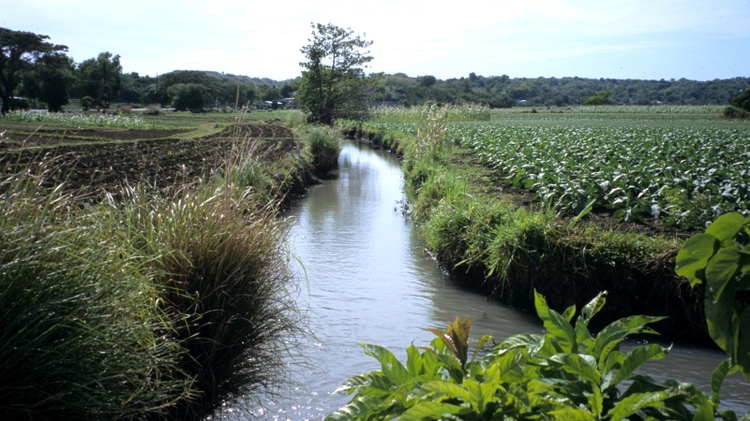MANILA – In response to the looming threat of El Niño and its potential impact on the agricultural sector, the Department of Agriculture (DA) has made significant strides in improving and constructing approximately 740 kilometers of irrigation system canals as of November this year. The initiative aims to ease the potential repercussions of El Niño on farmers across the Philippines.
On Friday, Agriculture Secretary Francisco Tiu-Laurel Jr. disclosed that the DA has set a target to rehabilitate 843 kilometers of irrigation canals. The purpose is to ensure effective and efficient water distribution to farmlands, minimizing the adverse effects of the expected dry spell on the country’s provinces and millions relying on agriculture and fisheries.
El Niño, a challenge for PH irrigation system
Tiu-Laurel highlighted the repair of 40 units of small-scale irrigation systems covering 1,477.5 hectares and the extensive canal improvement. “We are leaving no stones unturned in our effort to ease the impact of El Niño on our farmers and fishermen, as well as consumers, by ensuring food production is sufficient and supply is secure,” stated Tiu-Laurel.

The DA, in collaboration with other agencies forming the Interagency Task Force for El Niño, has implemented a multifaceted approach to address the challenges posed by El Niño. Strategies include cloud-seeding operations, dispersal of farm animals, provision of alternative livelihoods, adoption of low-water-use technology for rice farming, and introduction of a quick-turnaround strategy.
The Bureau of Soil and Water Management, under the DA, has requested PHP112 million for cloud-seeding operations in 2024 to supplement the water requirements of standing crops during periods of low rainfall. These operations will be coordinated with the Department of Science and Technology and the Department of National Defense, providing crucial information and aircraft support.
The DA is set to distribute 56,169 animals to 297 farmer groups and 470 individual farmers through the Philippine Native Animal Development Program. Additionally, alternative livelihood opportunities and climate-resilient technologies will be offered to fishermen in Bicol, Central Visayas, and the Zamboanga Peninsula.
Tiu-Laurel emphasized the promotion of alternative wetting and drying technology among rice farmers to conserve water. This technology, successfully used by over 1.2 million farmers, has been implemented on 9,210 rice fields. Furthermore, a quick-turnaround strategy has been devised, targeting 17,660 hectares of rice fields, wherein farmers immediately replant rice to take advantage of the remaining soil moisture without waiting for months.
To provide financial security to affected farmers, the Philippine Crop Insurance Corp. has insured 1.27 million farmers, approximately 76 percent of the target group, between June and November. An allocated PHP1.8 billion has been set aside to insure 916,759 farmers and fishermen from January to June next year. Additionally, PHP500 million has been reserved as credit support under the Survival and Recovery Loan Program of the Agriculture Credit Policy Council for approximately 20,000 borrowers who may be affected by calamities, including the El Niño phenomenon.
As the Philippines braces for the potential impact of El Niño, the Department of Agriculture remains committed to implementing proactive measures to safeguard farmers’ livelihoods and ensure the stability of the nation’s food supply.
See Also:
- Why the Philippines Imports Rice: A Complex Mix of Geography, Demand, and Policy
- DA Forms 39 Farm Clusters in Eastern Visayas to Boost Agricultural Production
- Antique Province Urged to Regulate Outbound Shipment of Pork Amid Soaring Prices
- The Secrets to Growing Delicious Tomatoes
- Why More Farmers Should Grow Morado Purple Corn
